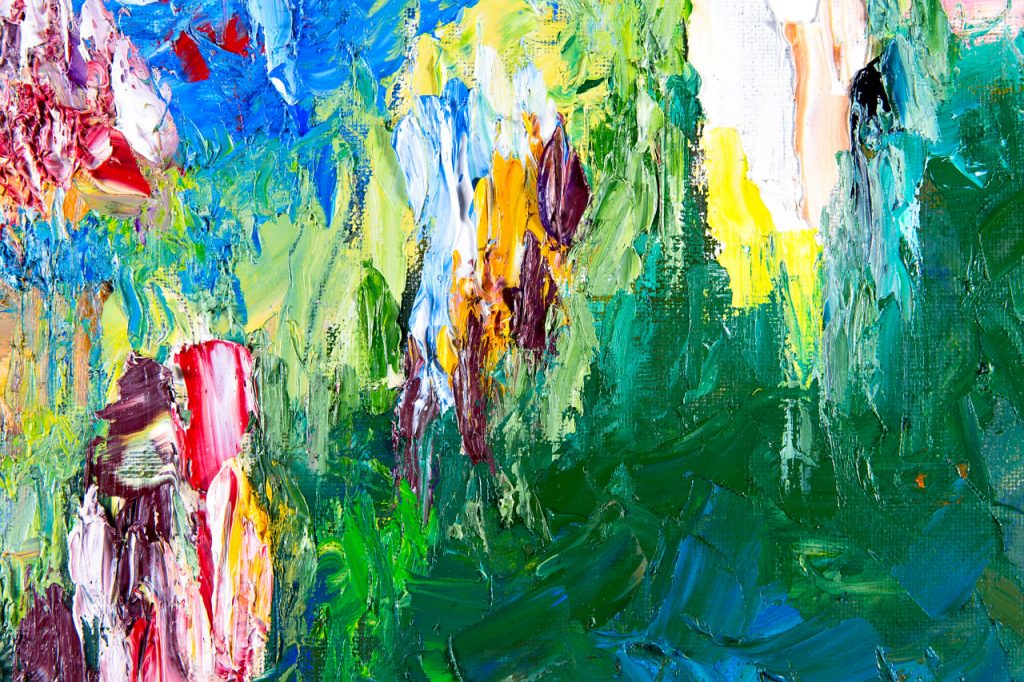In our fast-paced, perfection-driven world, it’s easy to forget the beauty of imperfection. We strive for flawless presentations — whether it’s in our careers, our relationships, or even our hobbies. But in abstract art, imperfection isn’t something to be avoided; it’s embraced.
Abstract art teaches us that the raw, unpolished, and messy aspects of our creative process are often the most authentic. And it’s through imperfection that we truly uncover our artistic voice.
The Beauty of Unfinished Thoughts
Perfection often requires everything to be neatly tied up, every brushstroke planned, every element calculated. But in abstract art, it’s the unfinished thoughts that resonate the most. The incomplete lines, the smudged edges, the unrefined strokes — all of these convey a certain vulnerability that perfect art simply can’t express.
When we leave room for imperfection, we leave room for honesty. We allow ourselves to be human.
Embracing the Chaos
One of the defining qualities of abstract art is its inherent sense of chaos. Unlike representational art, which strives for order and clarity, abstract art invites us to step into uncertainty. It celebrates what we cannot control — the splatters, the drips, the spontaneous movements.
In fact, many abstract artists intentionally create chaos. They allow accidents to happen, to see where the process will lead. And often, those “accidents” become the core of the piece. The freedom to make mistakes, to push the limits of control, gives abstract art its dynamic, unpredictable energy.
This is not a weakness. It’s a strength.
Mistakes as a Path to Growth
In traditional art, a mistake might mean a trip to the eraser, or starting over from scratch. But in abstract art, a mistake is a discovery. It’s an opportunity to evolve. When something goes “wrong,” instead of erasing it, you work with it. You integrate it into the bigger picture.
Each “mistake” is an invitation to see things from a new angle. Instead of retreating from what we perceive as a flaw, we dive deeper into it, exploring how it fits into the larger composition.
This approach leads to growth. It leads to innovation. And it’s a powerful reminder that our perceived flaws can often lead to unexpected beauty.
The Imperfection of the Artist
Abstract art is not only about the canvas — it’s about the artist as well. As you create, you are putting yourself on display. The marks you make, the choices you take, and the accidents you allow all contribute to the final piece. There’s no need to hide your imperfections because, in the end, they are what make you an artist.
Your imperfections are your story. They’re the “human” behind the brush. And the more we lean into those imperfections, the more we begin to accept ourselves, flaws and all.
The Magic of “Flawed” Art
In a world where perfect is often the standard, abstract art offers a refuge. It tells us that flaws don’t diminish our worth; they make us real. That smudge, that accidental splash of paint, that crooked line — they are all part of the magic.
And, in the end, isn’t it those perfectly imperfect moments that make life so beautifully unpredictable?

